Medical expert of the article
New publications
Iron burn
Last reviewed: 04.07.2025

All iLive content is medically reviewed or fact checked to ensure as much factual accuracy as possible.
We have strict sourcing guidelines and only link to reputable media sites, academic research institutions and, whenever possible, medically peer reviewed studies. Note that the numbers in parentheses ([1], [2], etc.) are clickable links to these studies.
If you feel that any of our content is inaccurate, out-of-date, or otherwise questionable, please select it and press Ctrl + Enter.
An iron burn is one of the most common household injuries that occur today.
Most often, such injuries are received by children or women. Since a limited area of the skin is damaged, such a burn is classified as 1 or 2 degrees and is treated mainly at home. In rare cases, the injury can be of a deeper nature. Then the help of a qualified burn specialist is needed.
 [ 1 ]
[ 1 ]
Causes iron burn
Careless use of household appliances, including irons, is considered the main cause of burns at the household level. As a rule, such an injury occurs in the morning, when a person, rushing to work, forgets about caution.
Very often, children get burns from an iron when they unknowingly touch a hot object. It is necessary to carefully monitor that a switched on or hot iron is not left unattended in a room with small children.
Symptoms iron burn
An iron burn is considered a common thermal household injury, which is characterized by quite strong pain sensations at the site of injury. The healing period is quite long. Moreover, during this entire time the patient feels pain and an unpleasant tingling in the wound.
In addition, the surface of the damaged skin swells, turns red, and blood may ooze from the wound. Symptoms of such an injury depend on the degree of the burn.
 [ 6 ]
[ 6 ]
Stages
It is necessary to know what degrees of burns from an iron are so that you can immediately determine what first aid to provide to the victim. There are three degrees:
- The damage has minor signs. The skin turns red, there is a burning sensation, the skin may peel slightly.
- Blisters appear on the skin.
- Dead pieces of skin can be found in the wound.
Third degree burns from an iron are rare. As a rule, patients only get the first two.
Iron burn in a child
Iron burns in children happen very often, especially if they are left without adult supervision. What should you do if your child has received such an injury? First of all, do not panic. As soon as possible, you need to calm the baby down and take him to the bathroom to hold the injured area under cold water. It will help relieve severe pain for a while and will not allow thermal energy to spread into deeper layers of the epidermis. Remember that ice is not suitable for first aid, as it can lead to frostbite and worsen an already difficult situation.
In no case should you apply various oils to treat burns (although today you can find many recommendations for their use on the Internet). They can heat up and cause unpleasant and very strong pain. The best means for treating an iron burn in children are specially developed drugs (Panthenol, Betadine, Furacilin ointment 0.2%, Synthomycin ointment 10%, Boro-plus cream, Rescuer, and others).
After the procedure with water and using the anti-burn remedy, the wound should be well bandaged. The bandage should be changed twice a day until the wound is completely healed. As a rule, small burns go away in two or three days. If the child does not tolerate pain well, you can consult a doctor who will prescribe suitable pain relief medications.
Complications and consequences
An iron burn makes itself known immediately after the skin comes into contact with hot steam or the surface of this household item. At first, the patient feels very strong and sharp pain, and redness appears. With a deep burn, the skin may become covered with blisters. If the burn is third degree, the wound resembles burnt fat: the skin becomes completely white and very dense to the touch. Such injuries often leave scars or marks, which are quite difficult to get rid of (see how to get rid of scars).
Treatment iron burn
Before treating an iron burn, it is necessary to obtain basic knowledge of how exactly tissue heals after such an injury. This process can be divided into three separate phases:
- First, complex biological processes occur in the skin, which are aimed at cleaning the wound from all those tissues that have already died.
- Next comes the so-called renewal period, when the wound is covered with new granulation tissue.
- In the third phase, the wound is completely covered with skin and a scar appears.
The effectiveness of the treatment depends entirely on the phase. During the first phase, it is necessary to carefully and gently cool the skin affected by the burn, prevent infections, relieve pain, and help the body remove toxins from the wound. During the second and third phases, it is necessary to use drugs that will help protect the skin from secondary infection, improve blood supply to the damaged tissues, and stimulate metabolism. This will speed up the healing process.
What are the most common treatments and methods for treating an iron burn? First, it is necessary to carry out external treatment of the burn site. It is best to wipe the skin around the wound with a tampon, which is pre-soaked in a solution of soapy water or boric acid. After this, the treatment can be repeated with alcohol. In case of a first-degree burn, as a rule, people do not seek medical attention, stopping at home treatment. Here, it is only important to constantly change the dressings with healing preparations.
If you have a more serious burn, you should see a doctor who will remove any dead skin or scale that may have gotten in through the steam vents. If there are blisters, they are opened, releasing the liquid, and the skin is carefully placed back on the wound. Only very large blisters are treated in this way. After this, the skin is wiped with a 3% hydrogen peroxide solution and bandaged. It is also recommended to use special ointments or sprays to treat burns.
First Aid for Iron Burns
If there are no blisters at the site of injury, the burn should be placed under a stream of fairly cool water (for five to ten minutes). It will help to reduce the intensity of pain a little. Carefully wipe the edges of the wound with any disinfectant (alcohol is possible) using a cotton swab. If blisters do appear, try not to damage them.
After such manipulations, you need to treat the burn with any drug that helps in such situations (Rescuer cream, Panthenol, etc.). Do not forget to drink a lot of fluids, since dehydration can occur with burns. If the pain is very strong, you can take any painkiller (Analgin, Aspirin).
Cover the burn with a dry and sterile dressing, using a bandage or gauze, but under no circumstances cotton wool or other material with lint. If the burn is of the third degree, any manipulations are prohibited before the doctor arrives (except for applying a sterile dressing). Fatty creams, vegetable oils or other similar products are not recommended for burns from an iron, as they reduce heat transfer.
 [ 13 ]
[ 13 ]
Iron burn remedies
Panthenol. The most popular remedy that helps heal wounds after burns (including household burns). It is available in the form of a spray, ointment, milk or cream. The active ingredient is d-panthenol, which has a wound-healing, regenerating, anti-inflammatory effect. Additional substances in the composition of the drug are: aloe vera, shea butter, sea buckthorn extract, bisabolol, biolin and vitamins (A, F, E).
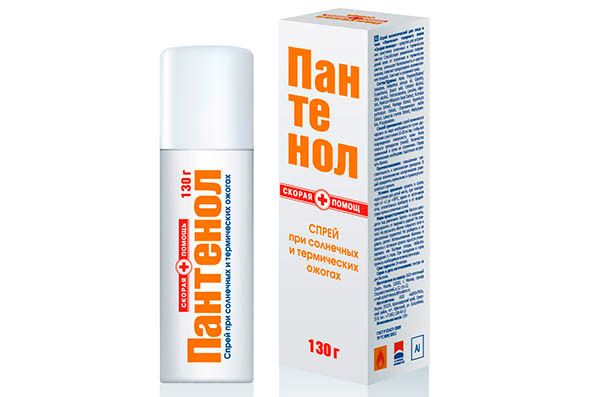
When using an ointment or cream, apply a small amount of the product to the affected area of the skin. Use twice or three times a day. No side effects from applying the drug were observed. The product is contraindicated in case of intolerance to its components.
Betadine. An antiseptic that is produced as a solution. The active component of the drug is povidone-iodine. It has a disinfectant and antiseptic effect. It is used for compresses for burns from an iron. It is not compatible with other antiseptic drugs.
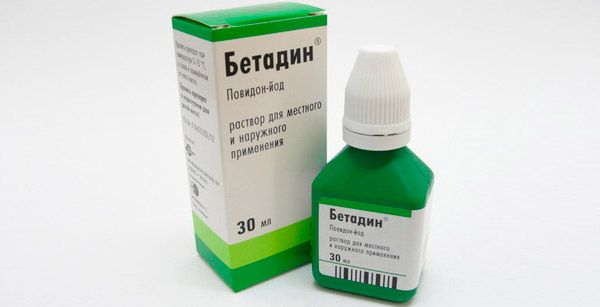
The main side effects from using the drug are: itching, rash, redness of the skin, other allergic reactions. It is not recommended to use the product in case of hyperthyroidism, thyroid adenoma, intolerance to the components, during pregnancy and at an early age.
Boro Plus Cream. Antiseptic, antifungal, antibacterial drug, which is used mainly for first-degree burns. The active components of the product are: tulasi, sandalwood, neem, kapoor kachari, turmeric, estimadhu, vetiver, aloe vera, talc.
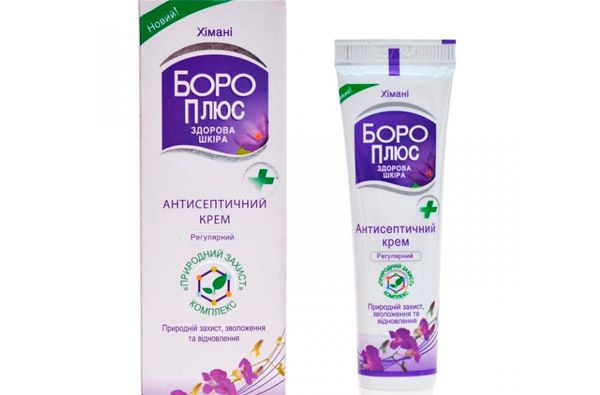
In case of burns, apply a small amount to the wound surface and the skin around it. Used as a first aid drug. No contraindications or side effects have been found.
Fuzimet. The active components of this antibacterial ointment are: sodium salt of fusidic acid and dioxomethyltetrahydropyrimidine. Due to this composition, the drug has regenerative properties.

Apply two to three times a week to the wound under a bandage. The duration of therapy depends on the degree of the burn. Side effects are rare. Among them are: allergies and itching. The drug is contraindicated during pregnancy and breastfeeding, children under 18, leukemia and intolerance to its components.
Ointment for iron burns
Fusiderm. An effective antibiotic in the form of a cream, which has a bactericidal and bacteriostatic effect. The active ingredient is fusidic acid.
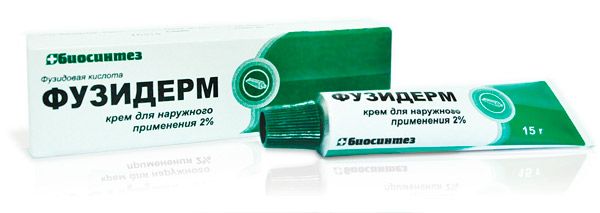
Apply in small quantities two or three times a day. As a rule, therapy lasts a week. Among the side effects, only possible allergic reactions are distinguished. The drug is contraindicated in case of intolerance to its components.
"Rescuer". The active ingredients of the preparation are: sea buckthorn oil, milk lipids, beeswax, turpentine. Due to this composition, it has a regenerating, soothing, antibacterial, moisturizing, healing, analgesic, protective effect.
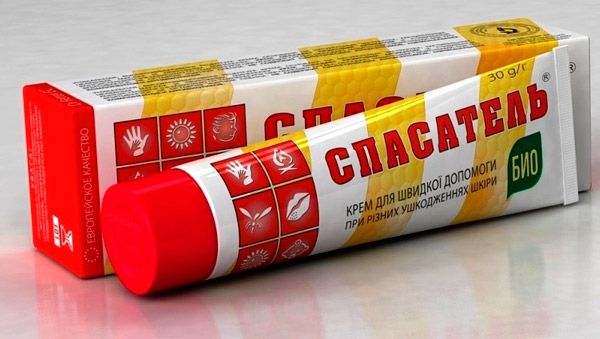
Before applying "Rescuer" to a burn, the wound must be washed and treated with an antiseptic. Use a small amount of balm, preferably under a bandage. Sometimes this product causes side effects such as allergies and exacerbation of inflammation. The balm is contraindicated in case of intolerance to its components.
Furacilin ointment. The active ingredient of this drug is nitrofural. This is an effective antimicrobial agent that is often used for 2nd and 3rd degree iron burns.
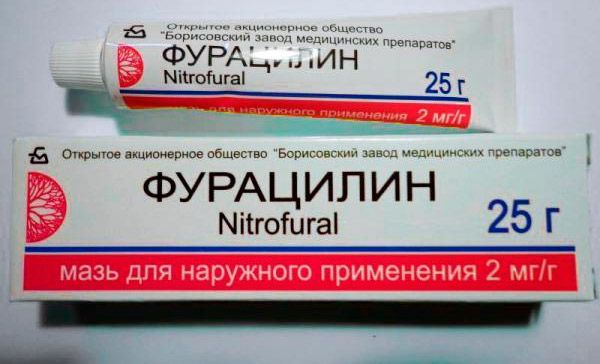
Apply externally in small amounts only to the wound twice or three times a day. Possible side effects include: allergic reactions, itching, dermatitis. The drug is contraindicated during pregnancy, in case of intolerance to nitrofural and in case of dermatitis.
Folk remedies
- To prevent blisters from appearing at the burn site, apply grated beets or potatoes to the wound.
- Regular toothpaste, applied to the burn, relieves pain and prevents blisters. It is better if it contains propolis.
- Aloe vera is considered one of the best folk remedies for treating second- and third-degree burns from irons. Peel the skin off the leaf, grate the pulp (until it becomes a paste) and apply it to the wound. You can secure a bandage on top.
 [ 14 ]
[ 14 ]
Herbal treatment
- A decoction of linden flowers works great for treating burn blisters. It must first be prepared in a 1:1 ratio.
- If the burn is fresh, it is recommended to apply a cabbage leaf to it. As soon as it heats up, you need to replace it with a new one.
- Oak bark is one of the most effective folk remedies for treating an iron burn. It is necessary to make a decoction from it (the ratio of water to bark is 2:1). The decoction is used to create compresses.
More information of the treatment
Prevention
To avoid such a nuisance as a thermal burn from an iron, you must always follow all safety rules when using it. Try to keep this household item away from children, do not allow a switched on or heated iron to remain in the same room with children without supervision.
 [ 15 ]
[ 15 ]

